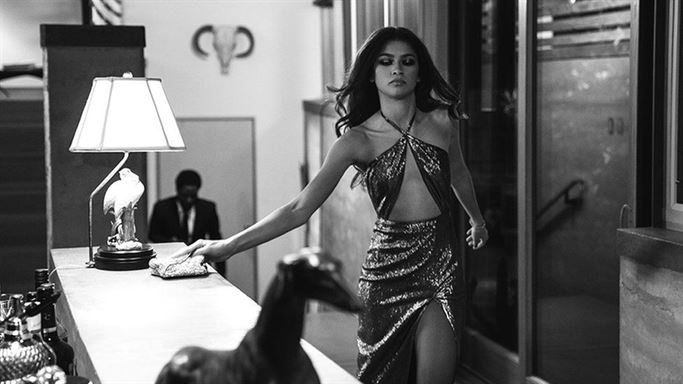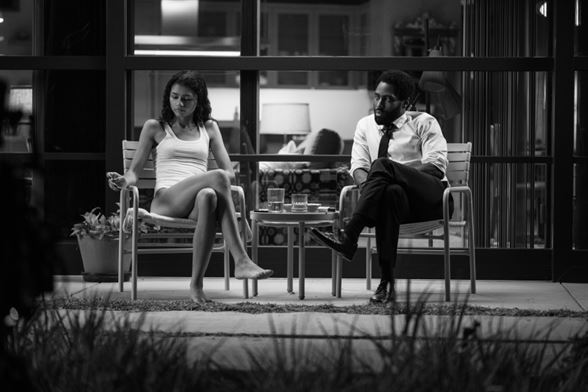In 14 days and with a 22-person crew, Hollywood was able to create their first pandemic era feature, with everything from pre-production to post-production done during the coronavirus (COVID-19) pandemic.
Released earlier this year, Sam Levinson’s new black-and-white film, “Malcolm and Marie,” stars John David Washington as Malcolm and Zendaya as Marie. Filming took place over the course of June and July 2020, with the production process being adapted to have less cast, less crew, fewer days and fewer locations.
In this attempt, Levinson tells the story of a couple returning home from writer-director Malcolm’s film premiere. While awaiting reviews, he and his girlfriend Marie begin a nightlong conversation about where they are in their relationship.
The film takes place in a large, secluded home in Malibu set up by the producers of Malcolm’s film. Comparable to a 360-degree stage, most of the film uniquely plays out as if it were a stage play, as seen in the writing and performances.
Washington has played major roles before, but his role in this film allowed him the opportunity to show a change in real time. A lot of the film consists of Malcolm and Marie going back and forth with one another: fighting and loving. However, there are small sequences in between these incredible highs and lows that are not as black and white.
Watching Malcolm evolve from a buoyant, excited and dancing person in the opening part of the film to a disturbed, offended and guilty character in the end is only part of what makes the film so interesting to watch.
Washington’s performance is not the only one that benefits from the evolution. Zendaya plays an incredibly candid and disturbed character who acts as the protagonist in an odd way throughout the film. Although the two share the protagonist role, it’s Marie who really pushes for change in Malcolm.
Zendaya has a lucidity about her that is not over explained in her character’s dialogue. Marie alludes to having a very dark past, yet the dialogue does not spend too much time on exposition with this character trait. Instead, Zendaya gives a colorful performance that is not too loud or too subtle, but just right.
The allusion toward her character’s background can be seen in the way she smokes a cigarette or when a certain memory plays through her head. She makes a refreshing choice in each scene, simultaneously keeping the banter playful, yet revealing of her character.
“Malcolm and Marie” uses many interesting camera movements that are meaningful to the story. The wide compositional shots are fun to watch as they help heighten the actors’ performances. The locked-down tripod shots juxtaposed with looser, shaky shots, keep the frame from becoming dull.
The script and editing attributes to keeping the audience’s interest in the film. Each conversation is another great example of how to write and edit a scene where there are merely two people just talking. At the end of the day, Levinson was not only able to make a film about exactly that, but he was able to make such a simple concept so intriguing to watch.

“Malcolm and Marie” follows a couple’s nightlong conversation about their relationship.
Photo courtesy of Netflix
The only thing missing from the movie is a cinematic quality that would separate it from a stage play. If there was no such thing as Broadway anymore, they would make something like “Malcolm and Marie,” as it was missing some of the cinematic tools that clearly differentiate film from theater. It was frustrating that by the end of the movie I wasn’t awestruck by anything that made the movie a movie.
Despite its shortcomings in cinematic qualities, “Malcolm and Marie” is an overall entertaining film and most importantly, it has helped pave the way for pandemic-made productions.




